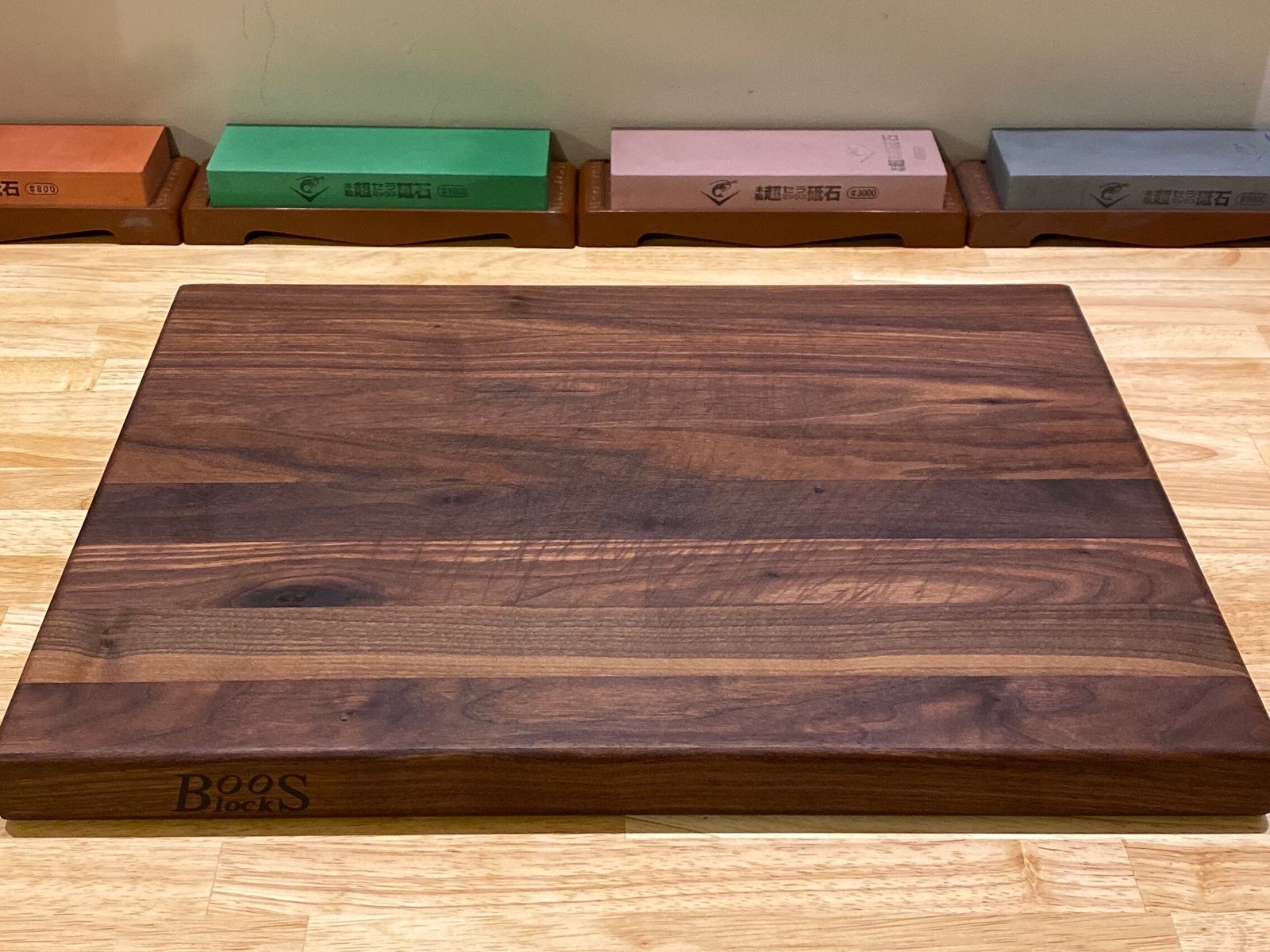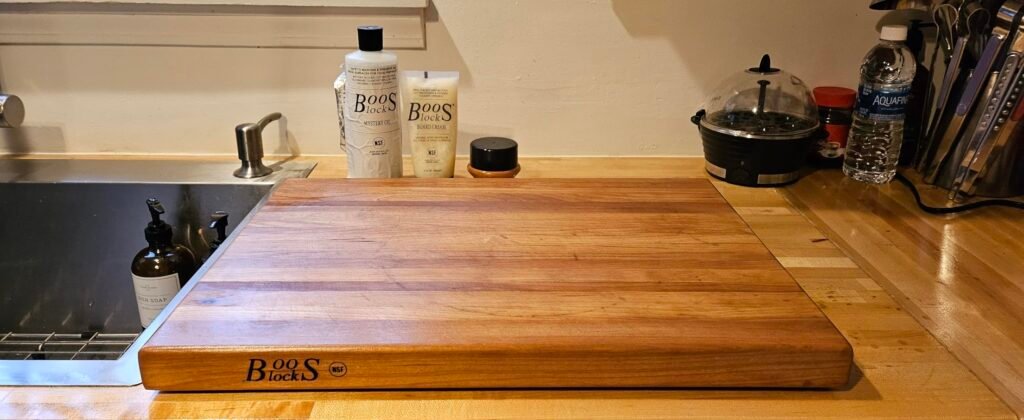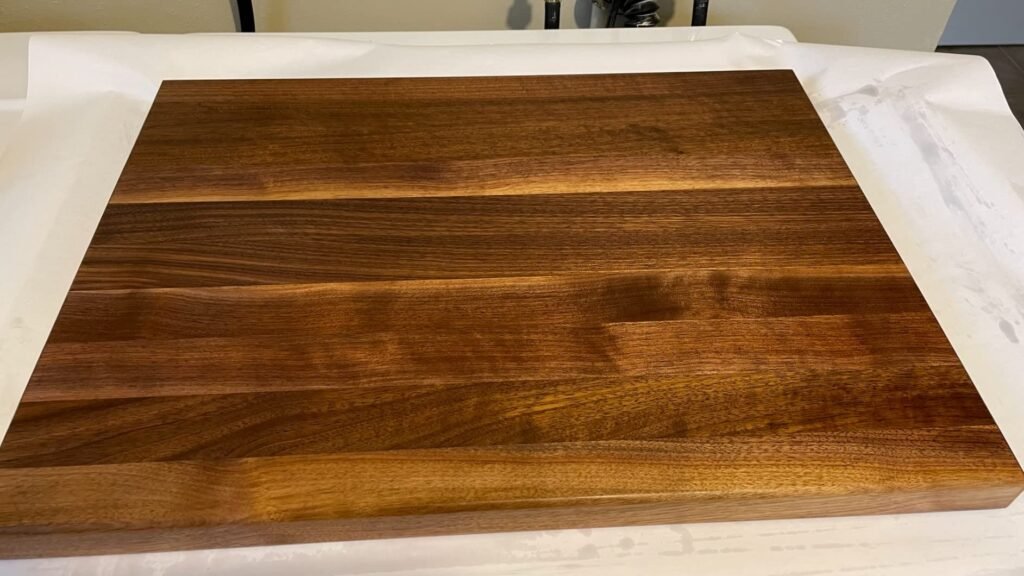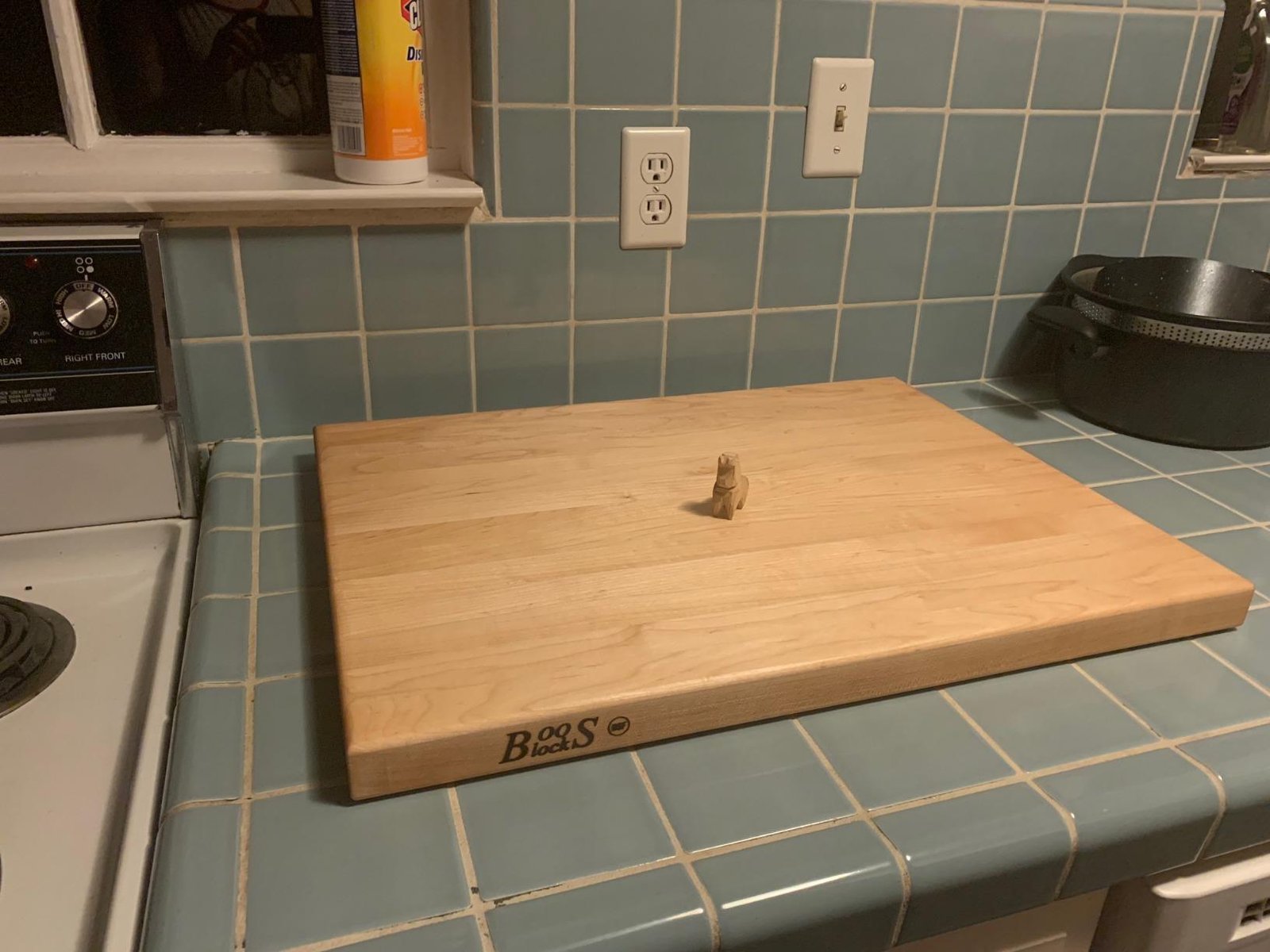Why Your Kitchen Isn’t Complete Without an Acacia Cutting Board
Acacia cutting boards can be more than just an appliance for kitchens; they’re an extremely versatile and beautiful addition to any kitchen. No matter if you are an experienced chef or new to cooking, finding an Acacia wood cutting board suited to your needs will greatly enhance the enjoyment of your cooking experience. In this article we’ll look at its benefits, the best ways to keep it in good condition, and why investing in it would make sense in any kitchen environment.
The Allure of Acacia Cutting Board
Acacia wood is incredibly beautiful. Its golden tones and natural variation in the grain pattern produce beautiful cutting boards that double as serving plates. Beauty is just skin deep, isn’t it? Acacia offers more than aesthetics.
- Durability: Acacia is a wood species that is famous for its high-quality grain and density. It is a surface which is resistant to dents, scratches and warping, which are essential features for a durable cutting surface.
- Moisturization Resistance Acacia is a natural wood with oils, which confer water resistance. This prevents it from taking in liquids that can cause bacterial growth, creating a hygienic food preparation experience.
- Simple Maintenance As compared to other hardwood alternatives, acacia requires minimal maintenance. Regular cleaning and oiling will ensure that it is in top condition and working perfectly.
- Affordable: Acacia falls into the sweet spot when it is priced. Its fantastic quality for the money makes it an appealing choice for those who are budget-conscious cooks.

Visit For More Informative Blogs: https://smarttoolbuddy.com
Is Acacia a Good Wood for Cutting Boards?
The most commonly asked queries we receive are “Is acacia good for cutting boards?” Yes, it is! Acacia wood is a great wood with many characteristics which make it a good option as a cutting board.
- Durability: Acacia is a hardwood known for its strength and durability and this means that your cutting board will endure decades of usage.
- Resistance to Water Natural oils inside the wood of Acacia give a certain amount of water resistance which can help to stop warping and cracking.
- Antibacterial qualities: Acacia contains natural compounds that slow the growth of bacteria, which is why it is a great choice for cutting food.
- Beautiful grain patterns The distinct pattern of the grain in Acacia wood brings natural beauty to kitchen design.
- Acacia wood is knife friendly! Acacia is durable enough to stand up to severe scratches Acacia is also soft on the edges of the knife you use, which allows you to achieve the perfect balance to cut surfaces.
Acacia vs Bamboo Cutting Board Contenders
Now that we’ve uncovered the strengths and weaknesses of Acacia wood cutting boards, let’s look at how it stacks up against other cutting boards that are popular:
| Feature | Acacia Wood | Bamboo | Maple | Walnut |
| Durability | Good | Good | Excellent | Excellent |
| Knife Friendliness | Fair | Good | Excellent | Excellent |
| Moisture Resistance | Good | Excellent | Excellent | Excellent |
| Price | Affordable | Affordable | Moderate | Moderate |
| Maintenance | Easy | Easy | Moderate | Moderate |
| Aesthetics | Beautiful | Modern | Light & Warm | Rich & Dark |
Is Acacia a Good Wood for Cutting Boards?
To highlight the significance of being clearer we will look at the reasons behind why Acacia is a fantastic material to make cutting boards. When compared to other woods to make cutting boards, Acacia is distinctive due to its
- Low maintenance: Acacia requires minimal maintenance to maintain its appearance and function.
- Sustainable Acacia trees grow rapidly and are an environmentally friendly alternative for wood products.
- Density The density of acacia wood assists in preventing sharp edges and scratches that will extend the length of time your knife can last.

Why Choose an Acacia Cutting Board?
After we’ve discussed the advantages of Acacia and its capabilities in comparison with other woods, let’s consider the main reasons to consider a cutting table made of acacia to utilize in your kitchen.
1. Easy Maintenance Easy to maintain and clean using simple care routines.
2. Long-term durability: Acacia’s toughness ensures the board will last many years, if you care for it.
3. aesthetics The striking grain patterns bring a touch of natural beauty to the food you cook.
4. Function The wood’s properties make it ideal for cutting and serving.
5. Hygiene: The antibacterial qualities of Acacia Cutting Board ensure that food preparation is safe.
Conclusion: Is Acacia Good for Cutting Boards?
After examining the various aspects that come with cutting boards constructed of Acacia, we can confidently say that Acacia is an excellent material to use as a cutting surface. The combination of strength, beauty and function makes it an excellent option for amateur cooks as well as professional chefs.
To browse and buy the best Acacia Cutting Board, check out on Amazon . For more insightful blog posts on tools and techniques and gear reviews, make sure to visit Smart Tool Buddy. Our site has a wide array of tools and resources for beginners and experienced users who want to improve their skills.
Frequently Asked Questions About Acacia Cutting Board
Is Acacia wood safe to cut a board?
You’ll be able to chop confidently on an acacia cutting board! Acacia is naturally impervious to moisture and has fewer bacteria than other materials. That makes it a safer option for preparing your favorite foods. Be sure to adhere to safe food practices, such as cleaning and sanitizing the board frequently.
Why is Acacia wood superior to bamboo for cutting boards?
Both bamboo and acacia are the most popular choices for cutting boards, as well. The “better” choice depends on your preferences:
- Durability: Acacia could have an advantage in this area. It’s a hard wood that resists scratching and dents more effectively than bamboo.
- Knife Friendly: Bamboo is generally more gentle on knives, and requires smaller amounts of sharpening.
- Water Resistance Both materials can be excellent in this area, however bamboo could have an advantage due to its hefty nature.
- Price: Acacia and bamboo are generally priced similarly and are both reasonably priced alternatives.
- Maintenance Both require little maintenance, with oiling on occasion is crucial.
- The aesthetics of the web: It’s a subjective question! Acacia has rich, warm tones, whereas bamboo provides a contemporary, sleek design.

Are acacia cutting boards too tough?
Acacia’s durability is a double-edged weapon. This makes it robust, but it can also be somewhat rough on blades. You may find that you need to sharpen your knives more frequently when you use an acacia wood board, compared to other wood alternatives that are soft.
What are the negatives that come with Acacia lumber?
Here’s a brief overview of some of the flaws in Acacia Cutting Board
- Could be hard on the hands of knives. In the past, the coarse grain could make your knives dull a bit quicker.
- The board is prone to breaking (sometimes): With poor care, acacia boards may crack, particularly if they are exposed to extreme temperature fluctuations or drying for too long.
- Displays more knife marks (on boards with a finish): If you opt for an acacia end-grain board (where the pieces of wood stand up straight) be prepared to see those cutting marks more easily than edges-grain board (where the grain runs across the entire surface).
Related Article :
https://smarttoolbuddy.com/what-is-the-best-cutting-board-for-meat
Latest Article :
https://smarttoolbuddy.com/how-to-clean-a-plastic-cutting-board-like-a-pro


Related Blogs
Affordable Bluetooth Projector for Gaming: The Best in 2024
The Best Soundbar for Music and Movies for Home Threaters
Stay Powered Up: The Best Portable Charger for iPhone 15 in 2024
The iPhone 15 Pro Max New Features: Comprehensive Features
Liquid Screen Protector vs Tempered Glass: Which is better in 2024
What is a Monkey Wrench: Complete Details
Guide to Cleaning Your Gatorade Bottle The Proper Way
How To Sharpen Garden Hoe: Real Guide to the problem
How to Use a Tack Hammer Nail it Every Time
Easy Ways on How to Clean Garden Tools at Home
Changing a Garden Cart Tire: Expert Hacks That Will Save You from $200+ in Repairs
How to Whisk Eggs: Easy Manual Techniques
Garden Fork Vs Pitchfork: Deciding Which Tool Will Meet Your Garden Needs
Conquering the Greens: How to Rake Artificial Grass
How Deep To Plant Daffodil Bulbs? A Simple Guide
How to Pick the Best Shovel for Digging in 2024
The best time to power rake your lawn
How to Replace Trimmer Line in Bump Feed: Step-by-Step Guide
Perfect Make Matcha Without Whisk: The Ultimate Guide
10 Ways to Remove Snow from Driveway Without a Shovel: Innovative Snow Removal
The Ultimate Guide: How Many Wheelbarrows of Sand Per Bag of Cement
Don’t Make This Silly Mistake with Your 5 Uses of Garden Fork
Is a Spade and a Shovel the Same? Discover the Differences Here
Transform Your Garden with Stunning Garden Stake Ideas You’ll Love
The Best Home Gym Equipment you can get in 2024
The Best Home Gym Setups for Small Spaces
Shoot Like a Pro: The Best iPhone Filmmaking Kit
Are Bone Conduction Headphones Safe?
Revolutionize Your Visual Experience: Best Samsung CF39 Series in 2024
The Benefits of Using a Point to Point Wireless Bridge for Your Business
Samsung T7 SSD Review: The Best and Fastest Portable SSD for 2024